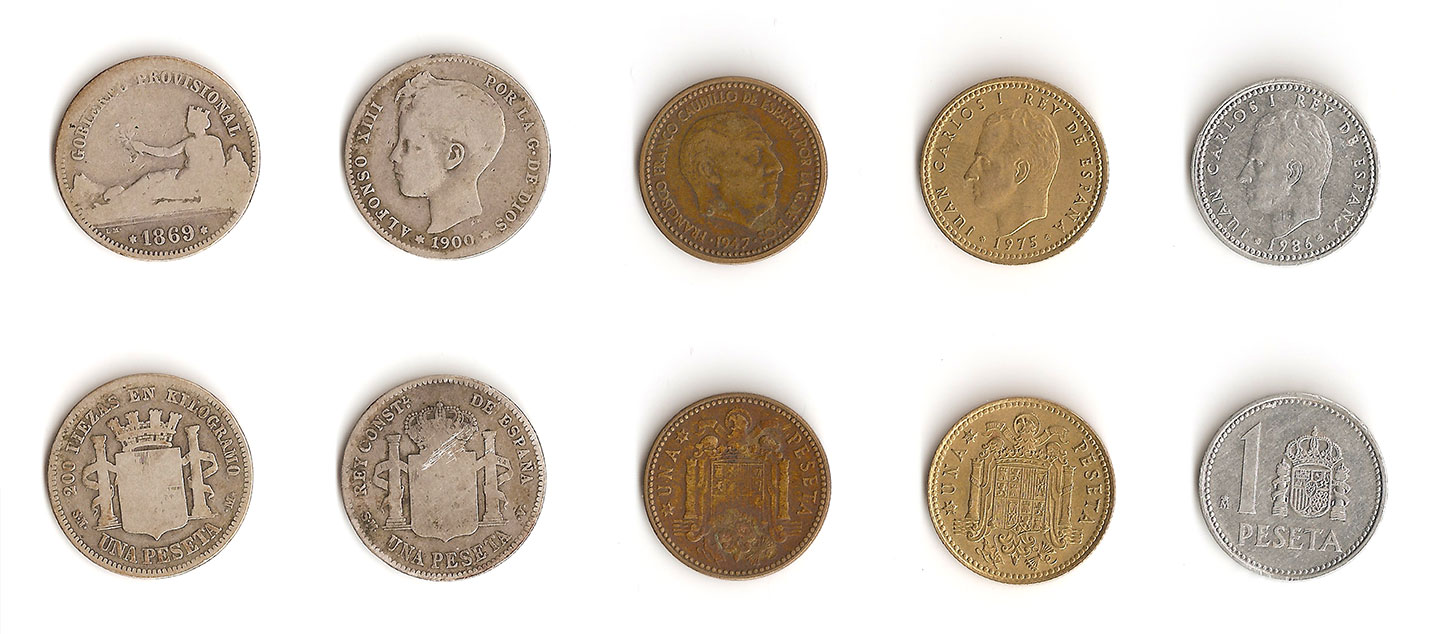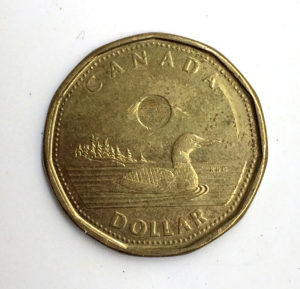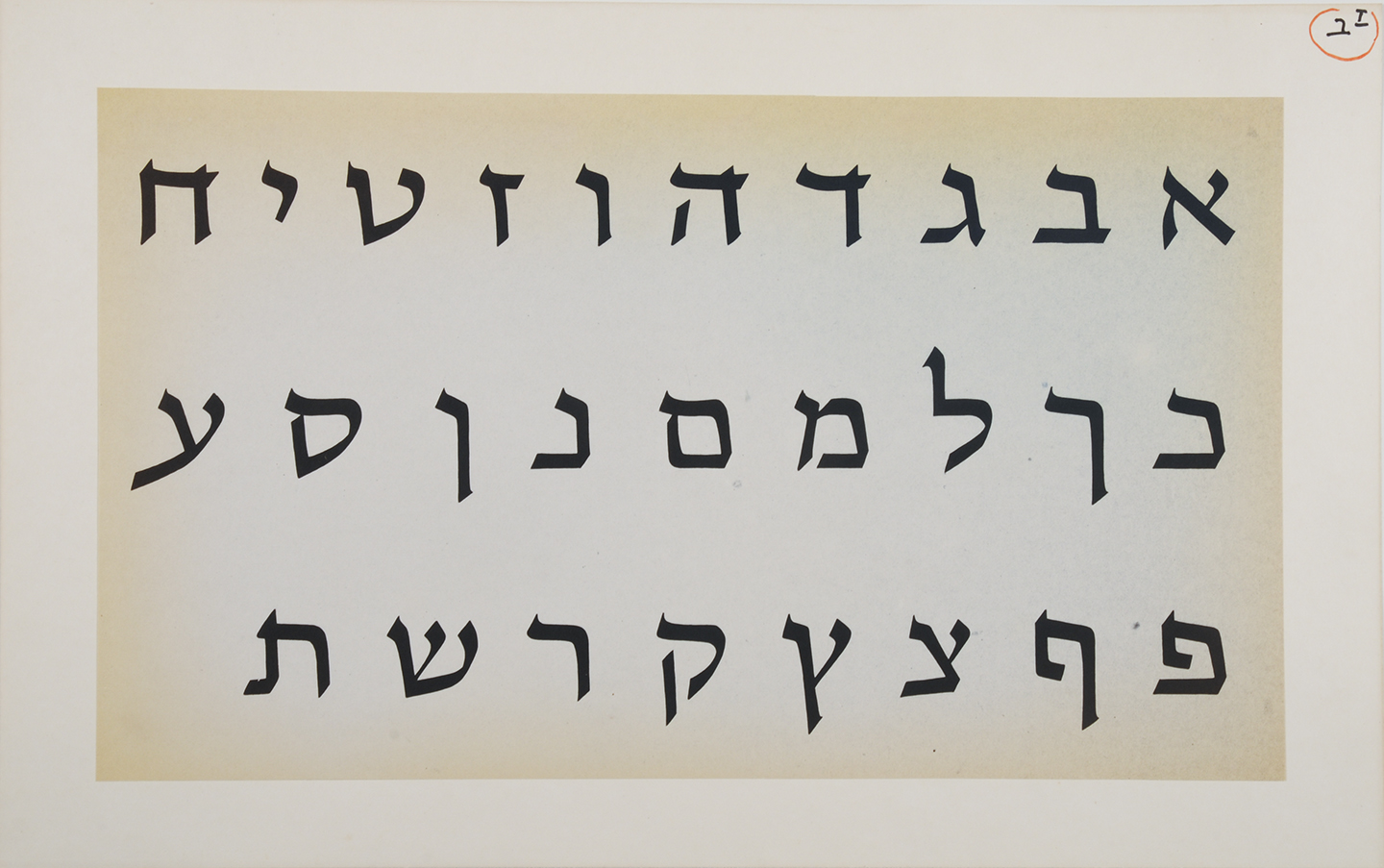The Canadian dollar coin, introduced in 1987 with a loon featured on the back, is affectionately referred to as a ‘Loonie’. When the two dollar coin was introduced 9 years later, they had a public vote on whether to call it the ‘Twoonie’ or the ‘Doubloon’. They picked the former, which is a shame because if you have an opportunity to name your your money something pirate-themed, then you should totally do it. However, this essay is not about the mundane design of Canadian currency, but rather this particular Loonie, saved from during my recent decade Canada.
Category → My 2¢
My 2¢: Two Typefaces, Vanished
I do promise there is more than one influential Hebrew type designer, but after a long research process, my mind is filled with stories that were covered in boxes until now.
I am referring to Henri Friedlaender. Last time, I wrote about his design process, and today I wanted to share two typefaces that were simultaneously designed by him for the Bank of Israel in the 70’s: One serif style to be used for banknotes and one (semi-) sans, for coins. Those two were supposed to act as a family, and indeed, Friedlaender based them both on similar skeletal forms.
My 2¢: The Spanish Peseta Coin
I often find myself looking at things that go unnoticed or that people just don’t care about. Coins are invisible design items for most people. We often use size and color to differentiate one from each other, but we rarely look at them closely. I have heard once that the design of a stamp was one of the most challenging and uplifting commissions a graphic designer could get. There are probably many more constraints in the design of a coin, but you would agree with me that it would be a really interesting project for a type designer.
I would like to share with you some thoughts on the design of a particular coin, the extinct Spanish peseta. It was the currency used in Spain from 1868 to 2002, when the euro was introduced. As a side note, it is one of the few examples of a coin with a female name. I was able to collect some historical models of the peseta coins which took me to dark times in our country. The coins became a symbol of political power and the images and text engraved on them were used to reinforce the establishment.

The two sides of 5 historical models of the 1 peseta coin. From right to left, peseta from 1869, 1900, 1947, 1975 and 1986

